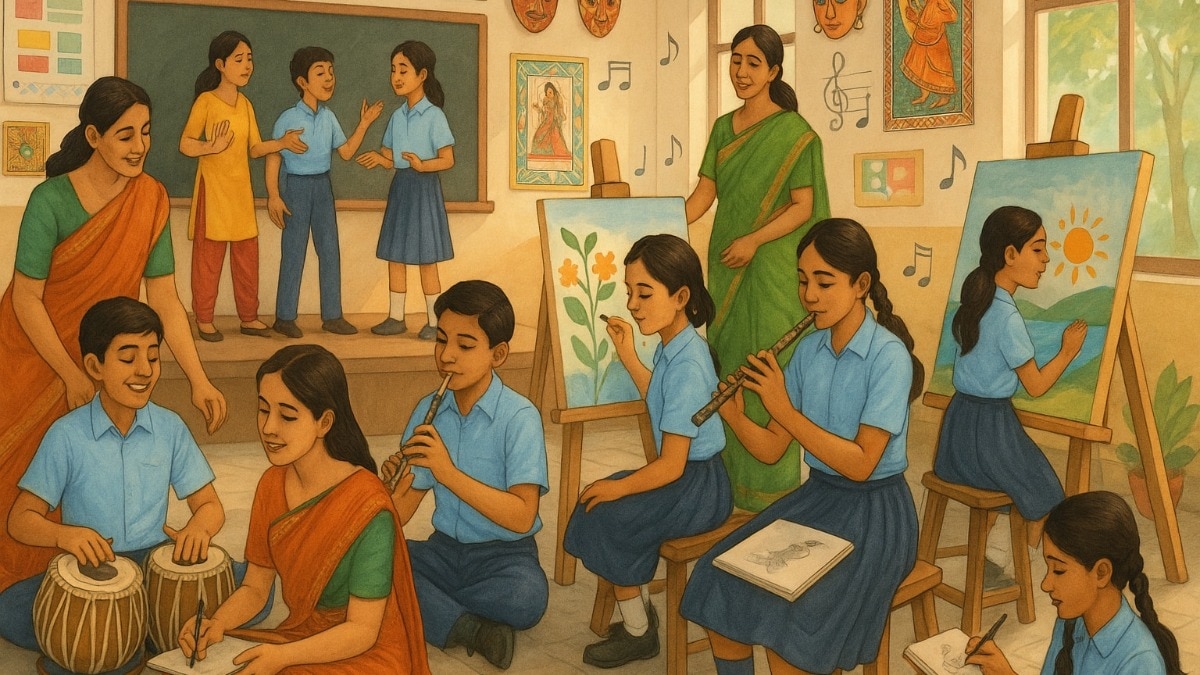Indian Students and U.S. Degrees: The Rising Debt Crisis
Indian students are experiencing overwhelming debt for U.S. degrees that may ultimately fail to yield adequate returns—Sridhar Vembu, the founder of Zoho, has raised concerns about this troubling trend.
Sridhar Vembu’s Warning
In a straightforward alert on X, Vembu highlighted a “distress call” from a student who took on ₹70 lakh (approximately $80,000) in loans at a 12% interest rate to obtain a master’s degree from a small college in the U.S. With the job market in decline and loan repayments approaching, the outlook appears grim. Vembu noted, “The job scene in IT is bad, especially so for foreign students,” emphasising that “Payments on the loan are starting soon.”
Advice for Students and Parents
Vembu’s message was clear and direct. He advised students and their families to exercise caution when borrowing heavily to study abroad. He added that incurring debt for degrees obtained in India is similarly “unwise.” As the job market for IT roles in the U.S. slows down, companies are becoming increasingly hesitant to hire, particularly for international candidates on H-1B visas. Consequently, numerous students find themselves in a precarious situation with substantial loans and limited career opportunities.
The Impact of Global Tech Transition
The scenario has worsened due to a global tech shift influenced by artificial intelligence (AI). Businesses are undergoing restructuring, leading to significantly reduced hiring. “We have not been hiring much as we transform ourselves for the AI era,” Vembu remarked regarding Zoho, noting that the company’s policy against layoffs was the reason for the hiring standstill.
Questioning the Education System
His criticism challenges the core of the current educational system. Vembu expressed a strong belief that young individuals should not be burdened with debt under the guise of education. He urged the private sector to reconsider its approach to workforce development, suggesting, “The only smart course is for prospective employers to fund training programs and for the industry to embrace alternative credentials rather than insisting on formal degrees.”
Uncertain Returns on Investment
With major U.S. tech companies downsizing and immigration pathways becoming more restrictive, the return on investment for an expensive foreign degree has become increasingly uncertain. The aspiration of a brighter future is, for many, transforming into a cycle of debt.
A Better Investment in Skills Development
Vembu concluded by stating, “The best investment we make as a company is in training and skill development.” He expressed hope that businesses will adopt this approach widely to prevent the predicament of young individuals ending up in debt.









